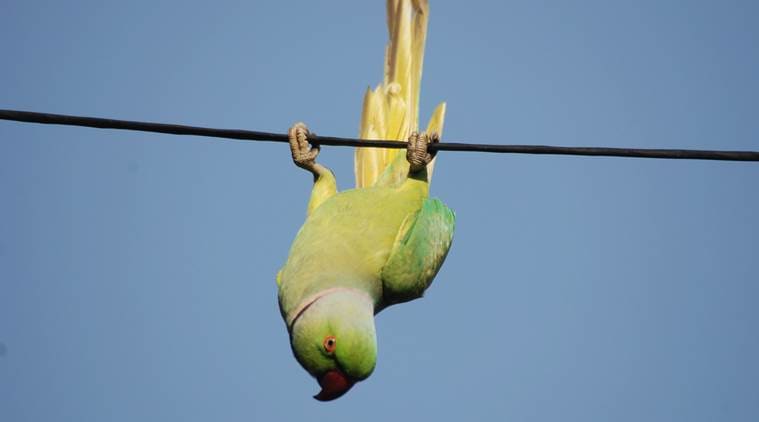To observe nature, sometimes it's enough to look out the window.
It’s astonishing, how most of us go through life oblivious to the (natural) world around us. We’ll stomp though parks in the morning, headphones clamped to ears, stealing glances at our fitbits to see how many steps we’ve clocked and not hear a note of the magpie-robin’s classical flute recital. We only take notice when an ant bites us, or discover the kitchen cupboards have been annexed by cockroaches. Ah, many will argue, what nature is there to see in cement and glass-clad cities? One reason why nature receded in cities was precisely because so few took the time to observe the natural life in the first place, forget about preserving it. Yet, many creatures and plants have adapted to our ways and have stuck on. Some, alas, have not — and have vanished.
All it takes is a little observation: just keeping your eyes and ears open — and your mouth shut. Tear you eyes away from that wretched smartphone screen and sling on a pair of binoculars, or keep a magnifying glass handy. Take those earphones out. And having pushed so far, I’m going to suggest you start keeping notes and taking photographs. Jottings on a scratch pad would do, but do put down the date and time of your observation.
Living in the same place over a period of time certainly helps. It’s wonderful if this place was more rural than urban or, even better, adjoining a protected area or up in the mountains, but for a majority of us, it means cities where motor vehicles are the apex predators. Even so, there are parks and gardens and green-belts and water-bodies in most cities and towns. Over a period of time, you’ll gradually begin to see patterns emerge, like an image developing in a darkroom. You need not even leave home to do this — just look out of the window, or at the nearest tree.
I’m fortunate to live in an area where there is some greenery around (even if the teeming Kashmere Gate ‘bus adda’ is just across the road) and here are just some of the things I’ve noticed over the years:
A couple of huge neem trees that were brutally hacked and maimed during what I call the “great felling” of the trees in the Nicholson Cemetery way back in the ’90s, are now resplendent again — and may they remain that way. Saptaparni (Alstonia scholaris) trees planted in the lawns — once just saplings are now towering high — attracting wheezy green pigeons.
Every year, at about this time, you have to watch out for baby geckoes, wriggling frantically from beneath sofa cushions or along the floor — once we even found eggs behind a fan regulator being guarded by the mom. You also have to watch out for those big black ants that suddenly emerge in the rains — one monsoon they annexed a bathroom — deviously hiding in the drain before surging out like Attila’s Huns! And, of course, if you give cockroaches half a chance…
As for birds, it’s more the absentees which cause concern. The common babbler has gone, and the redstart that used to report every October has also vanished. Nor do I see white wagtails or even hoopoes on the lawns, as I used to several years ago. The Nicholson Cemetery next door used to provide transit accommodation to a crested serpent eagle, but I no longer hear her screams nor have I seen her recently. This year, even the hornbills seem to be missing (or evading observation?) as I didn’t hear them in April as often as I used to. I’m just hoping I didn’t pay enough attention and just missed them. The grey francolin — such a cheery and exuberant morning alarm — too seems to have vanished. Just a handful of sparrows visit occasionally — once I had two couples nesting in the tiny balcony outside my bedroom and indulging in a soap opera of epic proportions. Alas, both the properties have been lying vacant for several years now.
But other stalwarts remain. The shikra still sounds its hunting cry and the spotted owlets chitter querulously around October as they decide who goes with whom and hunts where. Female koels still bang into the glass windows nearly every year, stunning themselves and I don’t know if that’s because they’re fleeing from rapacious males or from crows who’ve just realized they’ve been diddled. Handsome young-adult black kites, stippled in gold, regularly crash into the sides of the house (like teenage drivers) and play dead, and then bustle off when they think no one is watching. The peacocks still try to inveigle their way into your good books by performing on the lawns before sneaking into your garden and ravaging the palak.
Whatever they do, they better look out! I’ll be watching…. “Every breath you take, every move you make…”.
Ranjit Lal is an author, environmentalist and bird watcher.
Source: Read Full Article


